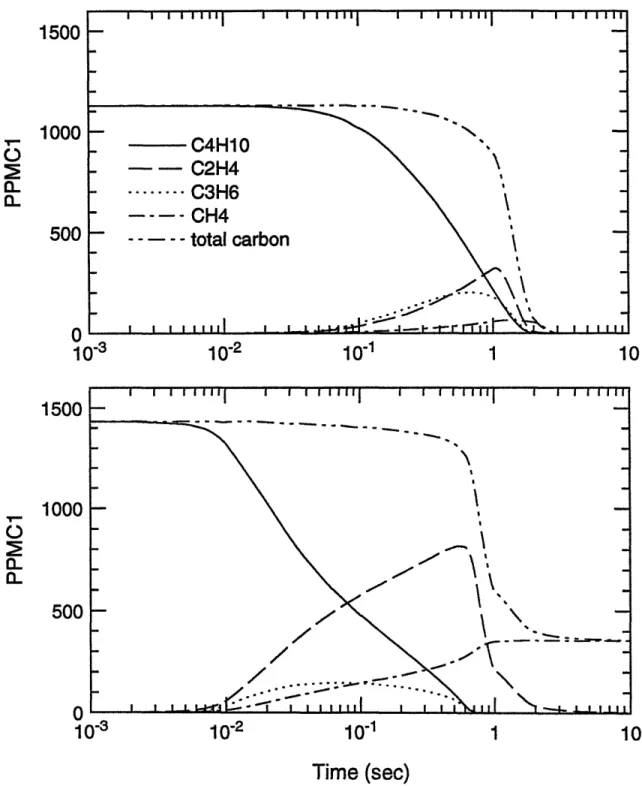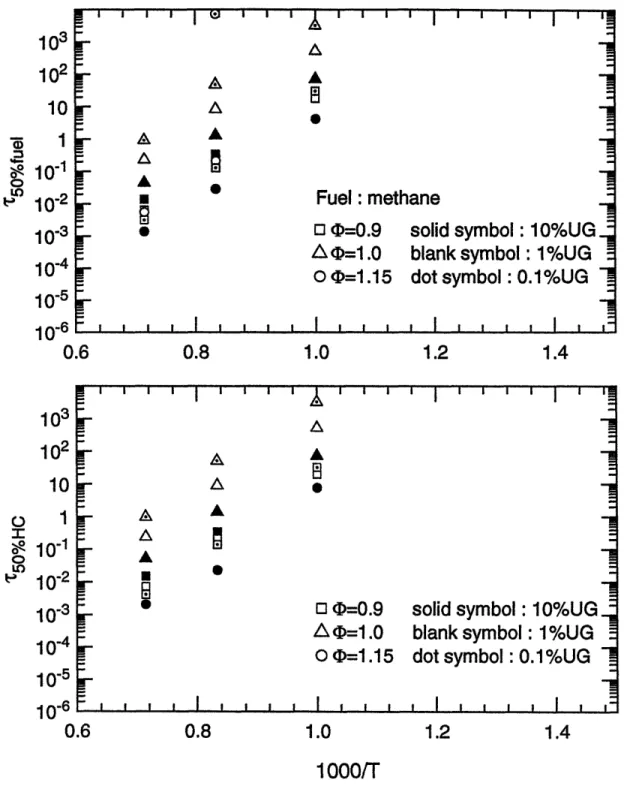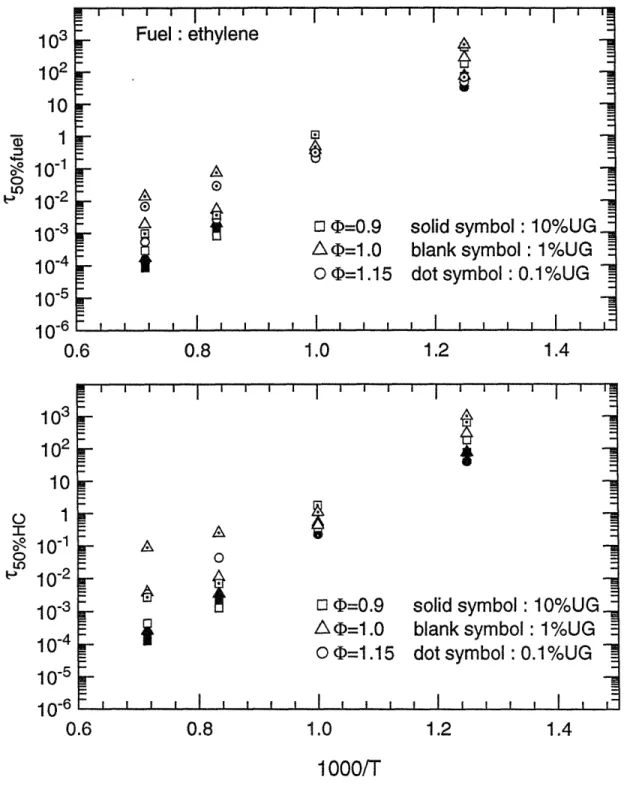Chemical kinetic modeling of oxidation of hydrocarbon emissions in spark ignition engines
Texte intégral
Figure




Documents relatifs
Instead of developing as a sphere, as in simulations, the kernel develops with a toroidal shape, then with a third-lobe structure, without relaxing toward a spherical shape even
For the scattering theory of Schr¨odinger operators in R 3 , the outcomes of this topological approach have been detailed in [18]: It has been shown how Levinson’s theorem can
The location of the detonation peninsula has been studied as a function of the hot spot characteristics, and as a function of four parameters characterizing
L’objectif de la présente étude est la cartographie des efflorescences algales à l’aide des images satellitaires Landsat 8 dans le barrage d’El Agrem, dans
Working through Debord in Society of the Spectacle, this thesis highlights the structures of pseudo needs and desires created by our self-justifying economy of
scintillating screen that is collected by the lens and from the light lost in the lens as it makes its way to the CCD chip in the camera. 5) Efficiency of the CCD
get more physical insights, numerical electromagnetic simulation method, namely, Finite Difference Time Domain (FDTD) method is used in this project to simulate radiation from





